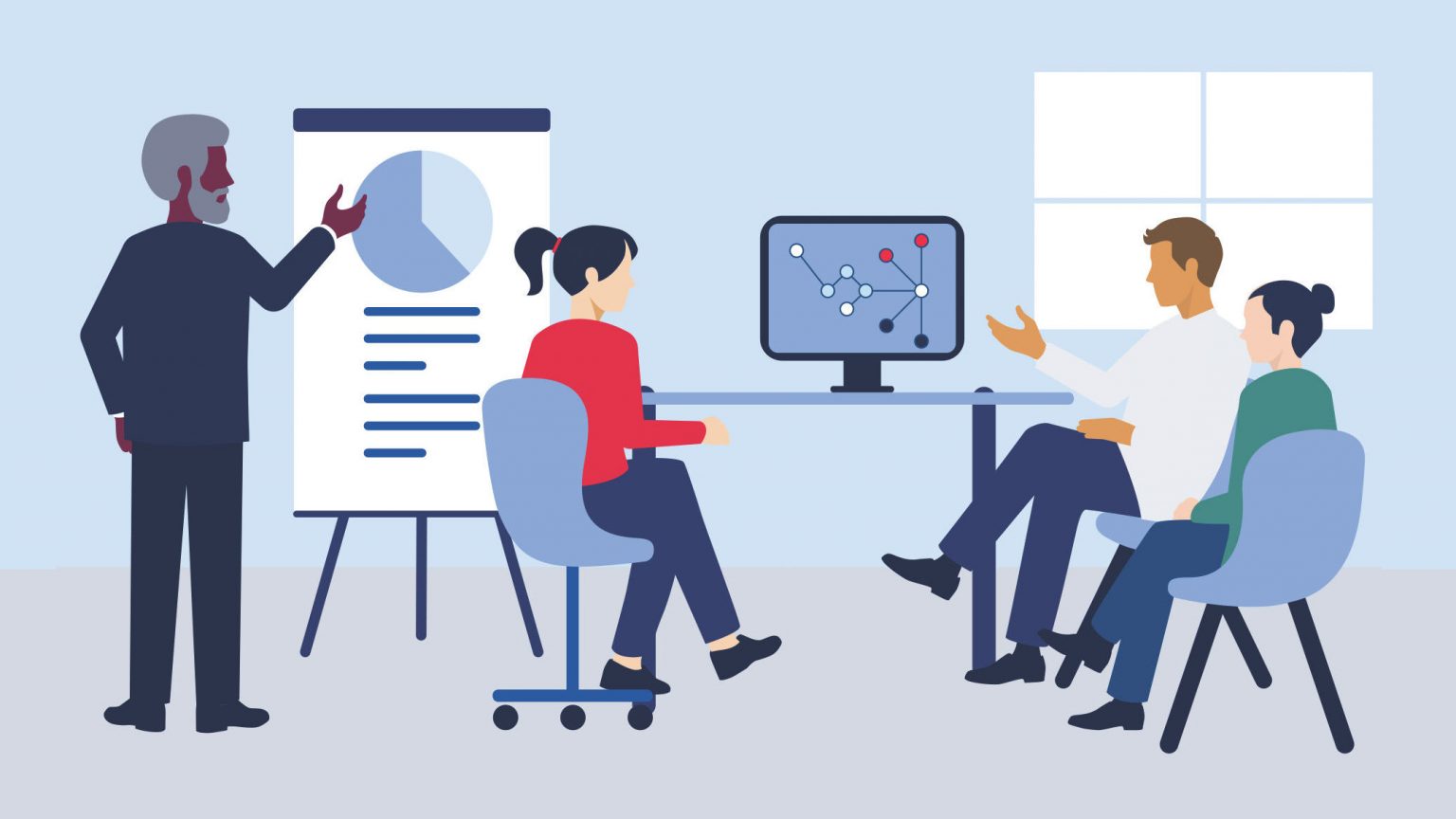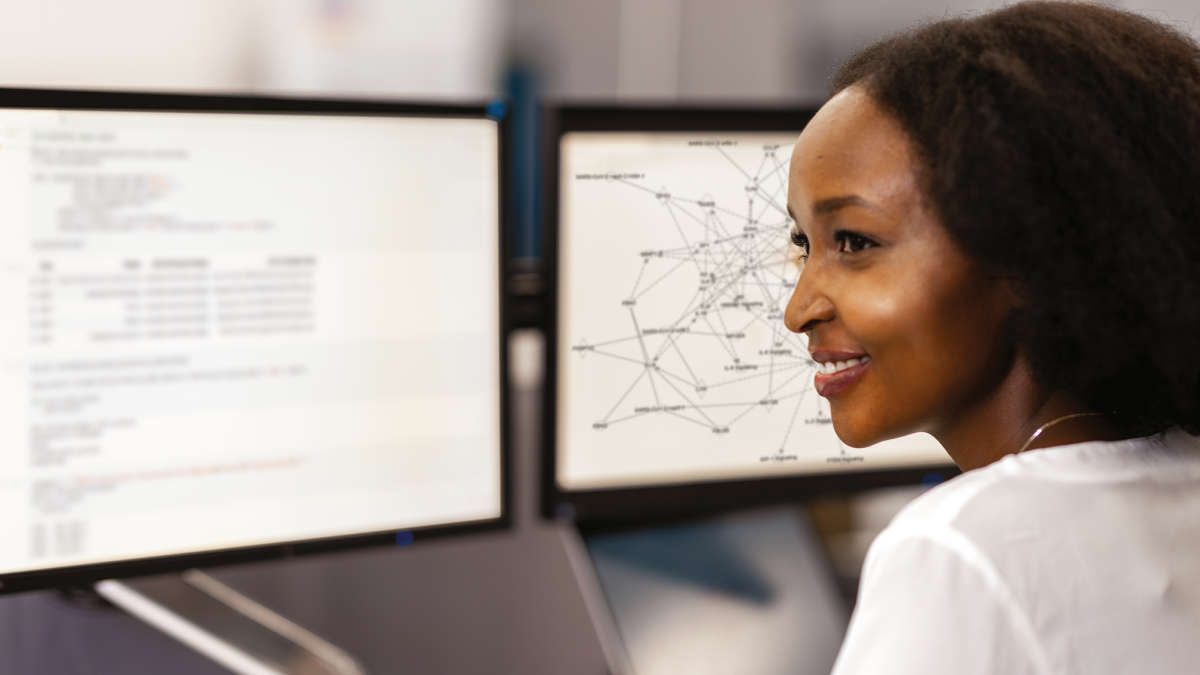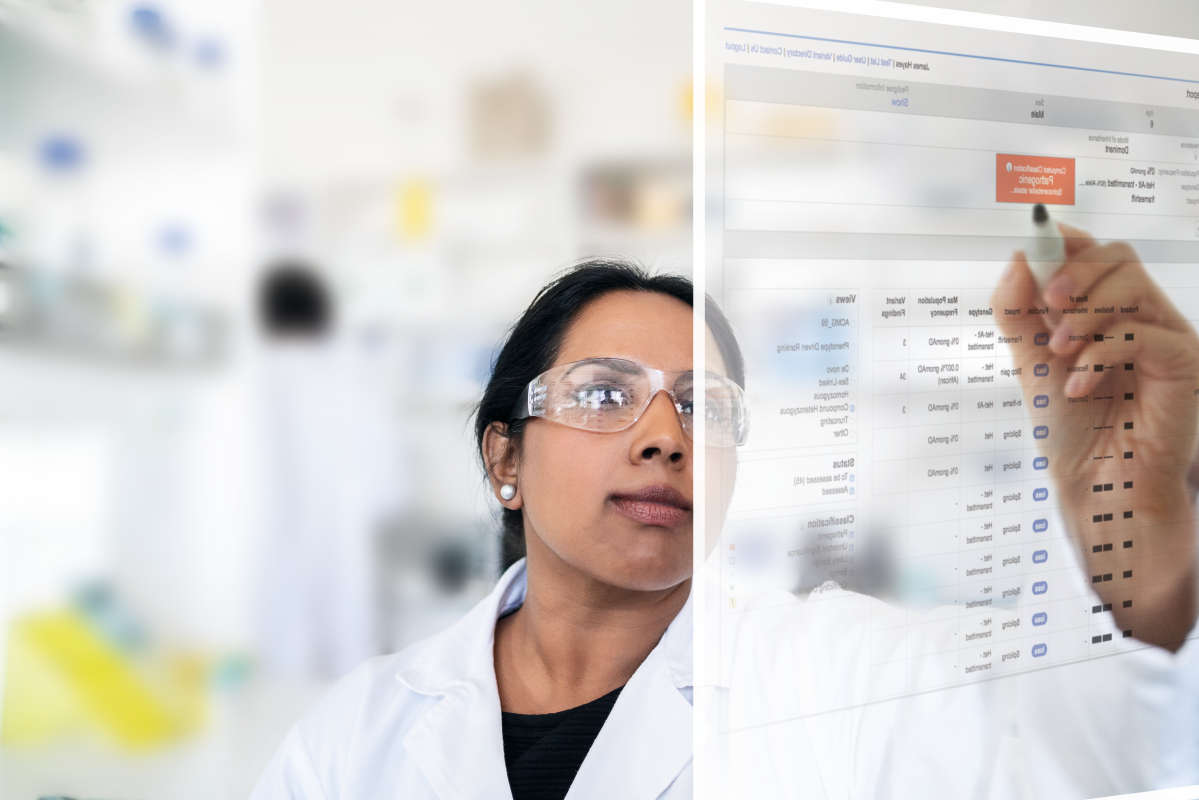

















BKB-HD contains data curated from the literature by QIAGEN scientists over the last 20 years using a highly standardized protocol. The database captures data from full text documents in the literature and standardized databases.
BKB-AI captures data using a semantic engine derived from NLP methods. This protocol captures data from abstracts, full text publications, BioRxiv, patents and more. It captures a broader scope than is feasible with human review, but it may include more inaccuracies due to the limitations of NLP.
QIAGEN models curate evidence at the level of specificity provided by source content like literature, drug labels, guidelines and more. Often, public ontologies lack the same level of specificity, resulting in loss of information or over-generalization to the nearest concept. The QIAGEN ontology is built from the ground up to ensure semantic consistency, comprehensiveness and utility for computational purposes.
API clients for R and Python are available in MyQDI.
Queries can be sent to the Neo4J hosted solution (for QIAGEN FAS and Data Science) and via BOLT (neo4j+s://neo4j.qiagendigitalinsights.com:7687).
You can browse the BKB-HD ontologies with tools like Neo4j's Bloom visualization tool.
If you have API access, you can also browse with Python/R (ex. XXX_ontology_get_parents and XXX_ontology_get_children functions)
We recommend using the Neo4j platform. It's designed to handle the many-to-many interactions of biological data, and it also includes the options to use GDS and APOC tooling for graph ML applications. It also gives you easier access to RAG pipeline toolkits.
If you don't have your own server ecosystem, you should use the Python and R clients in the existing API ecosystem.
Both BKB-HD and IPA allow you to access the same knowledge base of biomedical relationships data, occasionally called the QIAGEN Knowledge Base.
If you're interested in data mining or prefer using your own tools and algorithms, BKB-HD will suit your needs the best.
Yes, clients for R and Python are available. Both use SQL queries and can directly import results.
BKB-HD uses a custom ontology developed by QIAGEN Digital Insights over the last 20+ years.
For BKB access and IT support: ts-bioinformatics@qiagen.com
For support and license activation questions: Technical support